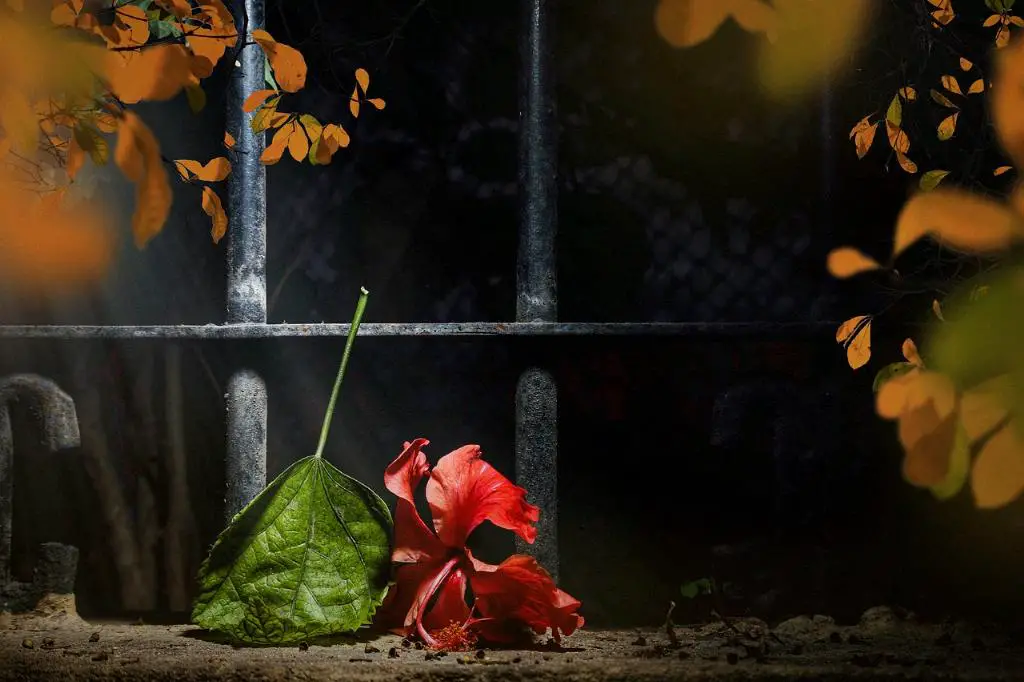When it comes to the hardiness of hibiscus plants, it’s essential to consider various factors that can impact their ability to thrive in different climates. One of the key determinants of hardiness is the specific species and variety of hibiscus plant you are dealing with. Hardy hibiscus plants, typically classified in hardiness zones 4-9, have shown remarkable resilience in harsh winters, making them suitable for a wide range of environments.
Optimal Growing Conditions for Hardy Hibiscus
To ensure the optimal growth and health of hardy hibiscus plants, it is crucial to provide them with the right conditions. These plants thrive best when planted in areas with full sun to light shade, allowing them to receive adequate sunlight for photosynthesis while also being protected from excessive heat. Additionally, hibiscus plants prefer moist soil that remains consistently damp but never waterlogged, as waterlogging can lead to root rot and other complications.
Planting and Caring for Hardy Hibiscus
When planting hardy hibiscus, make sure to choose a well-draining location and amend the soil with organic matter to improve its water retention capabilities. Ensure that the plant is watered regularly, especially during hot and dry periods, to maintain soil moisture levels. Mulching around the base of the plant can help retain soil moisture and suppress weed growth, promoting the overall health and vigor of the hibiscus plant.
Pruning and Maintenance Tips
Regular pruning is essential for maintaining the health and shape of hardy hibiscus plants. Prune in late winter or early spring before new growth emerges to remove any dead or damaged branches and encourage new growth. Additionally, deadhead spent flowers regularly to promote continuous blooming and prevent seed formation. Fertilize the plants during the growing season with a balanced fertilizer to provide essential nutrients for healthy growth and vibrant blooms.
Protecting Hibiscus Plants in Winter
While hardy hibiscus plants are known for their winter hardiness, providing them with some protection during cold spells can help ensure their survival and promote healthy growth in the following seasons. Consider mulching around the base of the plant to insulate the roots and protect them from freezing temperatures. In extremely cold climates, you may also need to cover the plant with burlap or a frost cloth to shield it from harsh weather conditions.
Dealing with Common Pest and Disease Issues
Like any other plant, hibiscus plants are susceptible to certain pest and disease problems that can affect their health and vigor. Keep an eye out for common pests such as aphids, spider mites, and whiteflies, and take prompt action to control infestations. Regularly inspect the plants for signs of diseases like powdery mildew or leaf spot, and promptly treat affected areas with appropriate fungicides or insecticides to prevent the spread of infections.
Enhancing the Beauty of Your Garden with Hibiscus Plants
Hardy hibiscus plants are not only prized for their resilience and hardiness but also for their stunning blooms that add vibrant colors and tropical beauty to any garden. Whether grown as standalone specimens or incorporated into mixed borders or containers, hibiscus plants can be a focal point in your landscape design, attracting pollinators and creating a lively and inviting outdoor space for relaxation and enjoyment.
Conclusion
In conclusion, the hardiness of hibiscus plants, especially the hardy varieties suited for zones 4-9, make them a valuable addition to any garden or landscape. By providing optimal growing conditions, proper care, and protection during harsh conditions, you can enjoy the beauty and resilience of hibiscus plants year after year. With their vibrant blooms, lush foliage, and easy maintenance, hardy hibiscus plants are sure to brighten up your outdoor space and bring joy to any gardening enthusiast.

